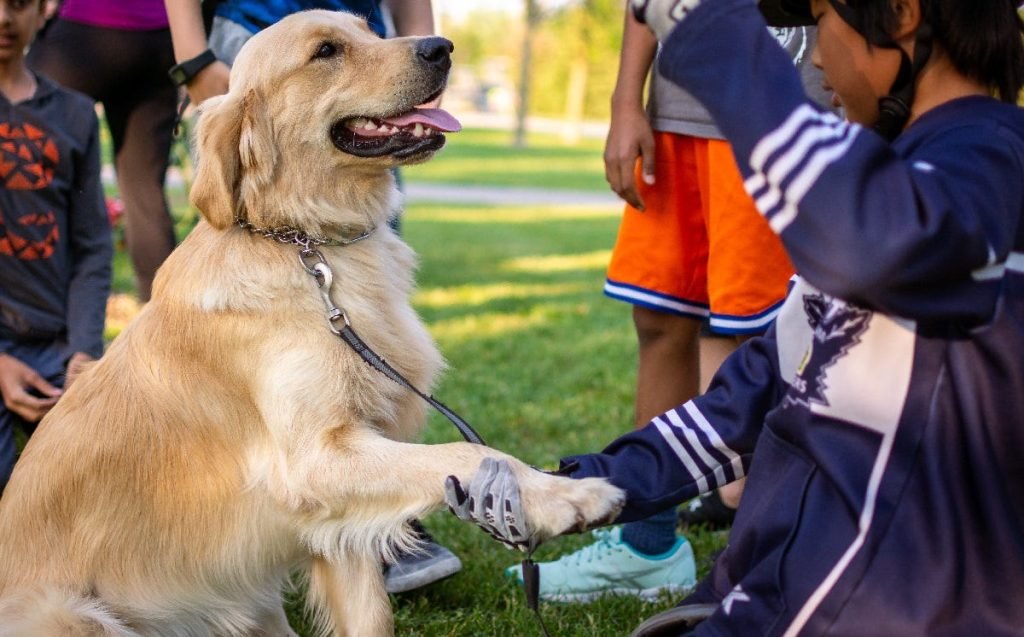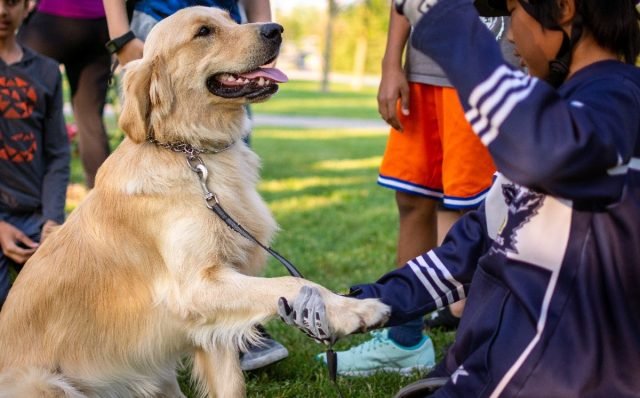Discover effective dog training techniques for every breed with our comprehensive guide. From obedience to behavior correction, learn how to train your dog effectively.
Table of Contents
Training your dog is a rewarding experience that strengthens the bond between you and your canine companion. Whether you are a new dog owner or an experienced trainer, understanding effective training techniques that work for every breed is crucial. In this guide, we will cover essential topics such as understanding breed-specific traits, the importance of consistency in training, and how to use positive reinforcement to achieve desired behaviors.

Understanding Breed-Specific Traits
Every dog breed has unique characteristics and behaviors. Understanding these traits can help you tailor your training approach to suit your dog’s specific needs. For instance, herding breeds like Border Collies are highly intelligent and require mental stimulation, while hound breeds like Beagles have a strong sense of smell and may need training that engages their olfactory senses.
The Importance of Consistency in Training
Consistency is essential in dog training. Dogs thrive on consistency and clear expectations. Setting up a consistent training plan and using the same commands and cues can help your dog learn what is expected of them. Consistency also helps prevent confusion and frustration for both you and your dog.
Using Positive Reinforcement
Positive reinforcement is one of the most effective training methods. This involves rewarding your dog for exhibiting desired behaviors, which encourages them to repeat those behaviors. Rewards can include treats, praise, or playtime. For example, if your dog sits on command, immediately reward them with a treat and verbal praise.
Addressing Common Behavioral Issues
Barking
Excessive barking can be a common issue. To address this, identify the cause of the barking and use positive reinforcement to encourage quiet behavior. For example, if your dog barks at the doorbell, train them to go to a designated spot and stay quiet when the doorbell rings.
Chewing
Chewing is a natural behavior for dogs, but it can become problematic if they chew on inappropriate items. Provide your dog with plenty of chew toys and redirect their chewing behavior to these toys. Praise and reward them when they chew on the appropriate items.
Leash Pulling
Leash pulling can make walks stressful. Train your dog to walk calmly on a leash by stopping and standing still whenever they pull. Compensate them with treats, and commend them when they walk close to you without pulling. Consistency is vital to fortifying this behavior.
The Significance of Socialization
Socialization is essential for a well-rounded dog. Expose your dog to various people, animals, and environments from a young age to help them develop confidence and reduce fear-based behaviours. Positive experiences during socialization will contribute to a well-adjusted and sociable dog.
Setting Realistic Training Goals
Setting realistic training goals is important for both you and your dog. Start with basic commands like sit, stay, and come, and gradually progress to more advanced behaviors. Celebrate small successes and be patient with your dog’s learning process.
Creating a Structured Training Schedule
A structured training schedule helps maintain consistency and ensures that training sessions are productive. Designate specific times each day for training and keep sessions short and focused. Consistent practice will reinforce learned behaviors and prevent regression.
Using a Variety of Training Tools and Methods
Different dogs respond to different training tools and methods. Experiment with various techniques, such as clicker training, treat-based training, and toy rewards, to see what works best for your dog. Tailor your approach to suit their temperament and preferences.
Case Studies and Examples

Case studies can provide valuable insights into effective training techniques. For example, a case study of a Labrador Retriever who overcame leash pulling through consistent training and positive reinforcement can illustrate the process and inspire readers to apply similar methods to their dogs.
Data and Research
Research supports the effectiveness of positive reinforcement and consistency in dog training. Studies have shown that dogs trained with positive reinforcement exhibit fewer behavioural issues and have a stronger bond with their owners. Providing data and research findings can reinforce the importance of these techniques.
Step-by-Step Training Process
Here is a clear, step-by-step process for training your dog:
By following these steps, you will be well-equipped to train your dog effectively, regardless of breed. Training not only enhances your dog’s behavior but also deepens your relationship with your furry friend. Enjoy the journey of training and the rewarding results it brings.
Read More: Top 7 Dog Nutritional Tips for Optimal Health








